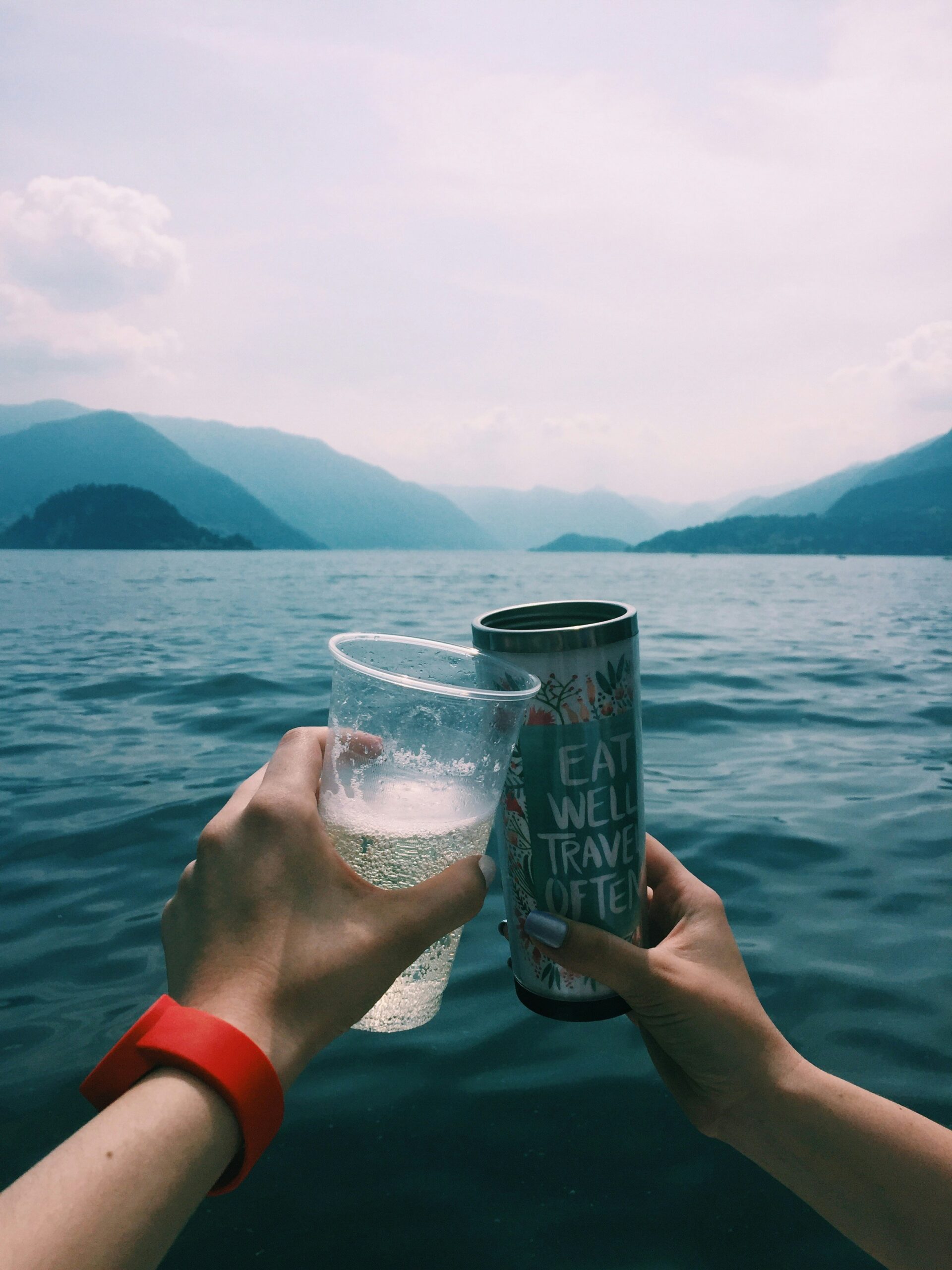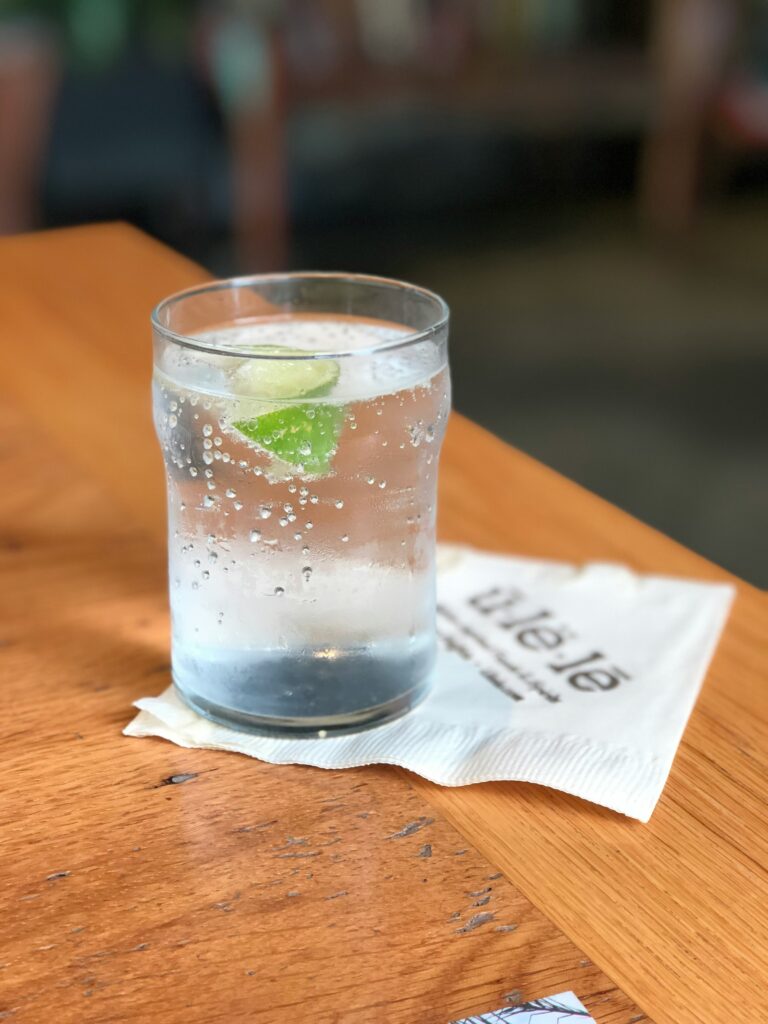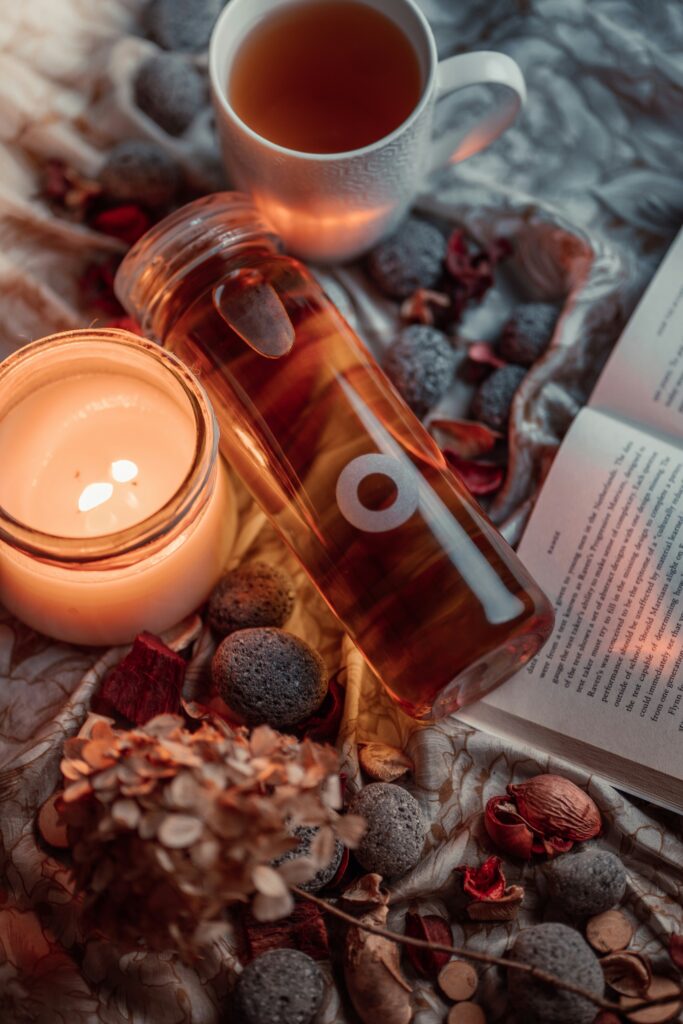Your cart is currently empty!

Hydration Myths: How Much Water Do You Really Need?

We’ve all heard it: “Drink eight glasses of water a day.” It’s probably one of the most repeated health tips out there, but is it actually true? And what if you’re not thirsty until lunchtime… does that mean you’re already dehydrated?
Hydration advice can feel confusing, especially when every source seems to say something different. The truth is, your body’s water needs aren’t one-size-fits-all. Factors like your activity level, diet, climate, and even how much you sleep can all affect how much water you actually need.
In this post, we’re breaking down some of the most common hydration myths and giving you simple, realistic tips to stay hydrated without obsessing over water bottles or tracking ounces all day. Because staying healthy shouldn’t feel like a science project.
Myth #1 – You Have to Drink 8 Glasses of Water a Day
The “8 glasses a day” rule has been around forever, but here’s the thing: it’s not actually based on hard science. It came from a general recommendation made decades ago, and while it’s not wrong, it’s also not right for everyone.
Your hydration needs depend on things like:
- Your body size
- How much you move during the day
- The weather and humidity
- Your diet (especially if you eat lots of fruits and veggies, which already contain water)
Some people may need more than eight cups a day, while others feel great with less. And remember, water isn’t the only way to stay hydrated. Herbal teas, brothy soups, fruits, vegetables, and even coffee (yes, really) all count toward your daily intake.
Bottom line? Don’t stress about hitting an exact number. Focus on listening to your body and staying consistently hydrated in a way that works for your lifestyle.

Myth #2 – If You’re Thirsty, It’s Already Too Late
You’ve probably heard this one: “If you feel thirsty, you’re already dehydrated.” But that’s not exactly true. Thirst is your body’s natural, built-in way of letting you know it’s time to drink. Not necessarily a sign that you’ve somehow messed up.
In fact, for most people, thirst is a reliable signal that keeps hydration in balance. Your body is smart. It knows when to ask for water. The idea that you have to stay ahead of thirst at all times can actually lead to overdrinking or unnecessary stress around hydration.
That said, some people may not feel thirst as clearly, especially older adults or those with certain health conditions, so it’s still important to pay attention to overall fluid intake and how your body feels.
Here’s what matters most:
- Keep water accessible throughout the day.
- Drink when you’re thirsty, and a bit more if it’s hot out or you’ve been active.
- Watch for signs like fatigue, dry mouth, or headaches, which can also be early signs of dehydration.
Trust your body—it knows what it needs.
Myth #3 – Coffee and Tea Don’t Count Toward Hydration
Let’s clear this one up: yes, coffee and tea do count toward your daily fluid intake. While it’s true that caffeine has a mild diuretic effect (meaning it can make you pee a little more), the fluid you get from these drinks still contributes to your overall hydration.
Unless you’re drinking very high amounts of caffeine (we’re talking 5+ cups of strong coffee), the hydrating effects of coffee and tea generally outweigh the mild diuretic effect, especially if you’re used to drinking them regularly.
That said, balance is key:
- Stick to moderate amounts (1–3 cups a day) if you’re sensitive to caffeine.
- Pair caffeinated drinks with water if you’re drinking them throughout the day.
- Herbal teas are a great caffeine-free option that hydrates and soothes your system.
So go ahead and enjoy your morning cup of coffee or your cozy evening tea. Just don’t forget to drink some water in between, too.

Myth #4 – Clear Urine = Perfect Hydration
It’s easy to assume that crystal-clear pee means you’re perfectly hydrated, but that’s not necessarily the goal. In fact, completely clear urine can sometimes be a sign that you’re drinking more water than your body actually needs.
The sweet spot? Pale yellow—think light lemonade. This usually means you’re well-hydrated and your kidneys are working just as they should. A little variation is totally normal throughout the day, especially depending on what you’ve eaten or how much you’ve had to drink.
Here’s what to watch for:
- Very dark yellow or amber could be a sign of dehydration—time to sip some water.
- Super clear all day long might mean you’re overdoing it, which can flush out important electrolytes.
- Other dehydration signs include headaches, dizziness, dry skin, or feeling sluggish.
Instead of obsessing over urine color, think of it as one of several hydration cues. Pair it with how your body feels overall, and you’ll be able to find your own natural rhythm.
Realistic Ways to Stay Hydrated Without Overthinking It
You don’t need a fancy water bottle with time stamps or a hydration app to stay on track—though if those work for you, great! The key is to make drinking water a natural part of your routine, not a chore or something to feel guilty about.
Here are a few easy, low-effort ways to stay hydrated throughout the day:
1. Keep water where you can see it.
A water bottle on your desk or a glass by your bed is a simple visual reminder. Choose a bottle you actually like using—bonus points if it has a straw (you’ll probably drink more without realizing it).
2. Add hydrating foods to your meals.
Fruits and veggies like cucumbers, watermelon, oranges, celery, and leafy greens have a high water content. Soups, smoothies, and herbal teas count, too!
3. Pair water with existing habits.
Drink a glass with every meal, after brushing your teeth, or before each work break. These little “anchors” help make hydration second nature.
4. Adjust based on your needs.
Drink more when it’s hot outside, you’re exercising, or you’ve had a salty meal. And if you’re feeling tired, thirsty, or foggy, reach for water before assuming you need caffeine or sugar.
5. Don’t aim for perfect—just consistent.
Some days you’ll drink more, some less. That’s okay. The goal is to stay gently hydrated without making it feel like another task on your to-do list.
At the end of the day, there’s no magic number of glasses that works for everyone. Your hydration needs are unique, and they can shift depending on your lifestyle, the season, and even your stress levels.
The good news? Your body is already doing a great job of letting you know what it needs. By learning to listen to your thirst, paying attention to how you feel, and making hydration part of your daily rhythm, you can stay well without overthinking it.
Want more real-life wellness tips that cut through the noise? Sign up for the Healthy American newsletter and get simple, science-backed health advice sent straight to your inbox—so staying healthy feels easier, not harder.

Leave a Reply